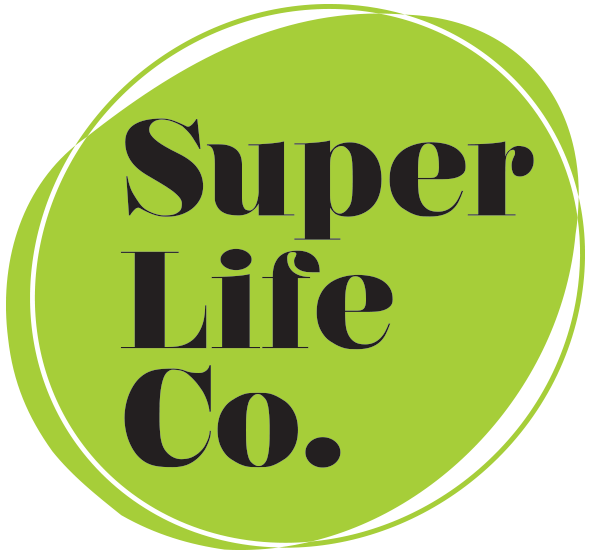
The Pain of the Grain: Why Grains Are Harmful
Rice has long been recognised as a global staple food – more than half of the world’s population depend on rice for at least one fifth of their calorie intakes[1], with that dependence approximately tripled in Asia[2].
However, what is lesser known is the harmfulness of such grains to human health, especially in recent decades. A simple Google search would yield countless articles detailing this, but for your convenience here’s a digestible (pun certainly intended) summary:
(Modern) grains are harmful because…
1) …mass production has altered their nutrient content.
The Industrial Revolution resulted in the mechanisation of several economic processes which made way for mass production, especially in the agriculture industry. Grains have been affected mainly through modern milling – prior to the Revolution, grains were ground in whole form, but the emergence of mills made possible the removal of certain parts of the grain in order to extend its shelf life[3].
A spiral effect of this on human health is hence the alteration of nutrients found in grains. The removed parts of the grain – the bran and germ – contain 25% of the grain’s protein and up to seventeen key nutrients[4]. While strictly speaking this is not harmful to the human body (one could always run the ‘eat more’ argument), phytic acid content remains the same in these modified grains as compared to whole grains. Phytic acid binds with minerals such as calcium, magnesium, iron and zinc, hence making them unavailable for absorption by the bloodstream[5]. In other words, with a higher phytic acid to nutrients ratio thanks to the removal of the bran and germ, consuming mass produced grains leads to nutrient imbalances.
2) …they are artificial foods.
In order to increase harvest or yield ‘weather-resistant’ crops, the Green Revolution of the mid 1900s gave way to irrigation technologies involving toxic chemicals, an increased usage of pesticides and hybridised seeds – to name a few outcomes. While these technologies have no doubt significantly resulted in a larger production of grains to meet demand, they also mean that most of mankind is now consuming a ‘staple food’ that has been grown in an artificial environment, coated with synthetic chemicals.
Simply put, besides humans, no other animal will touch such grains. In fact, humans are only consuming them because of messages from large corporations, and it being socially acceptable – the ‘everyone-does-it-so-it-must-be-safe’ mindset (a huge fallacy!).
3) …they contribute significantly to one’s calorie intake.
As previously established, grains such as rice are a significant part of the diets of most of the world’s population. It hence follows that there is less ‘space’ for other foods in one’s daily calorie intake as grains form a large part of it. In other words, the prevalence of grains entails a lower consumption of nutrients found in other foods like fresh produce and healthy fats – in fact, it has already been found that vegetable consumption in the United States has been decreasing over the 5 past years[6]. This exacerbates the problem of modern grains having a diminished nutrient content – they indirectly deny mankind of nutrients from other sources as well.
But if not grains, than what?
Instead of consuming grains, we propose quinoa, a seed which is prepared and eaten similarly to a grain. From a botanical perspective, it is a relative of spinach, beets and chard[7]. Besides containing 2 times more protein than rice and 4 times more Riboflavin (Vitamin b2) than brown rice, quinoa has more than twice the amount of fiber than most grains. Also, one cup of cooked quinoa has approximately 40 fewer calories than the same amount of white rice[8], hence leaving ‘space’ for more nutrients. More importantly, it is high in several minerals that most people do not get enough of, such as magnesium, potassium and zinc[9].
Moreover, at Superlife Co, our quinoa (white, red, or mixed) is 99.99% pure, which means that it contains almost no saponin (a toxin that protects crops from pests but is harmful to humans). Say yes to eating natural! We have also developed a series of flavoured quinoa with real ingredients inside each pack such as Superlife Co Asian Quinoa Packs, Superlife Co Asian Quinoa Packs, Superlife Co Asian Quinoa Packs, Superlife Co Asian Quinoa Packs, Superlife Co Asian Quinoa Packs etc
What’s best? It is extremely easy to incorporate quinoa into your diet, as it can be ready to eat in under 15 minutes. Click here, here, or here for some easy recipes that we have come up with using quinoa!

No Comments